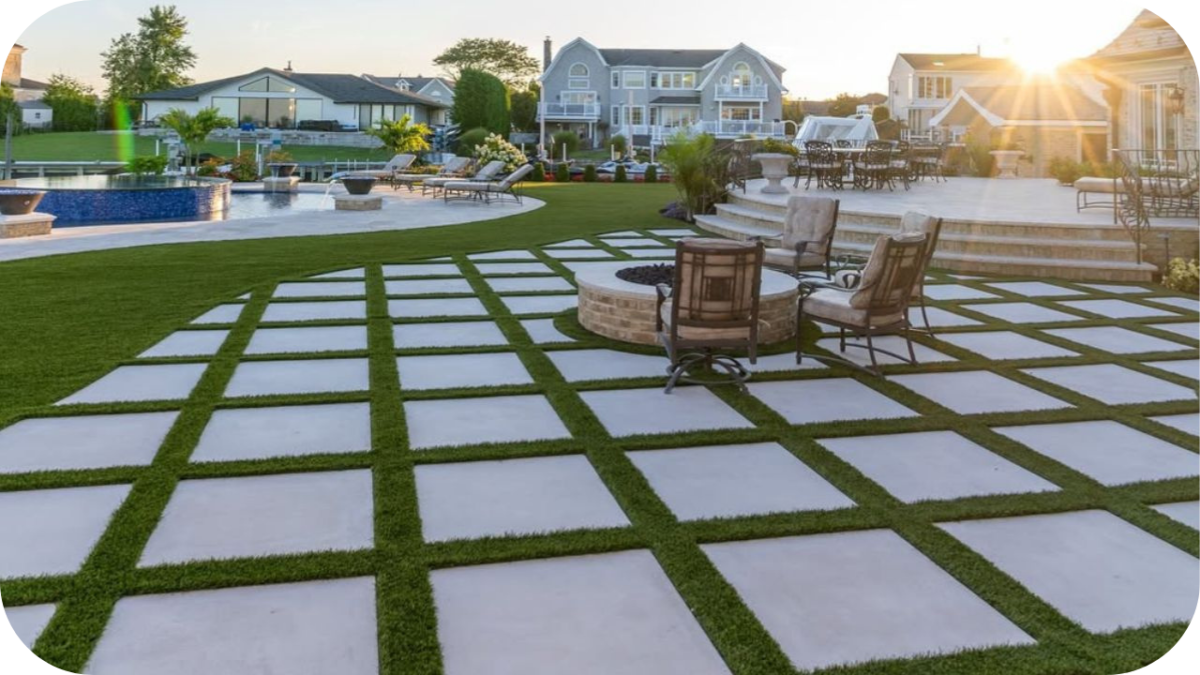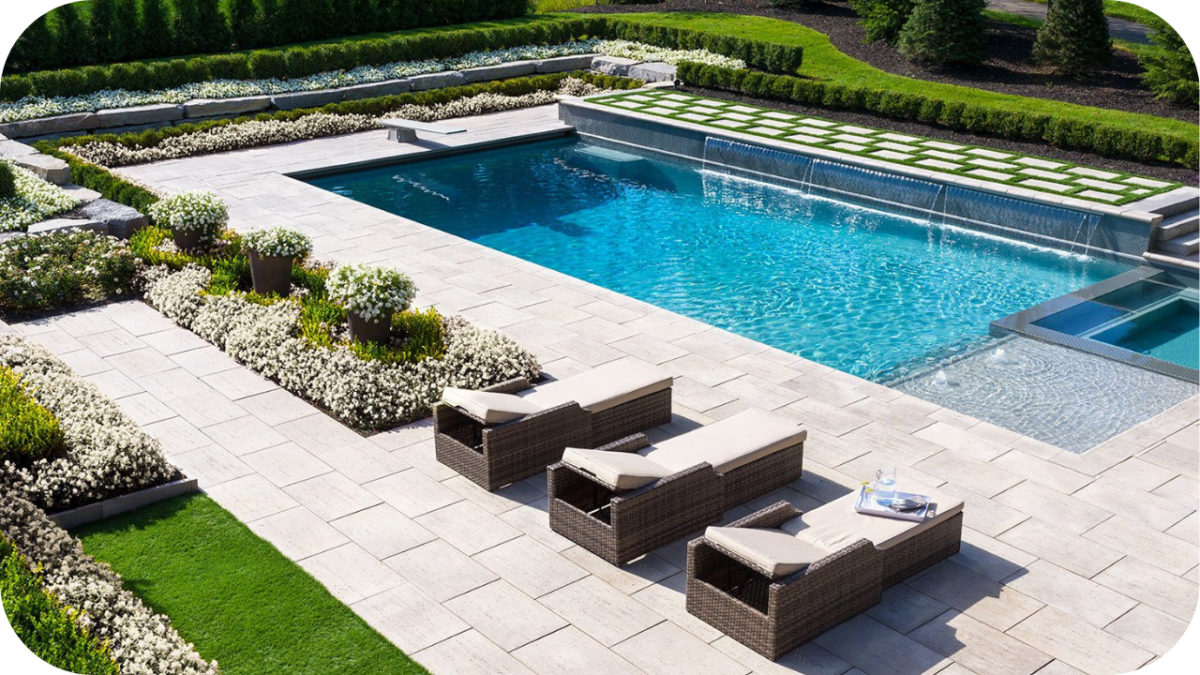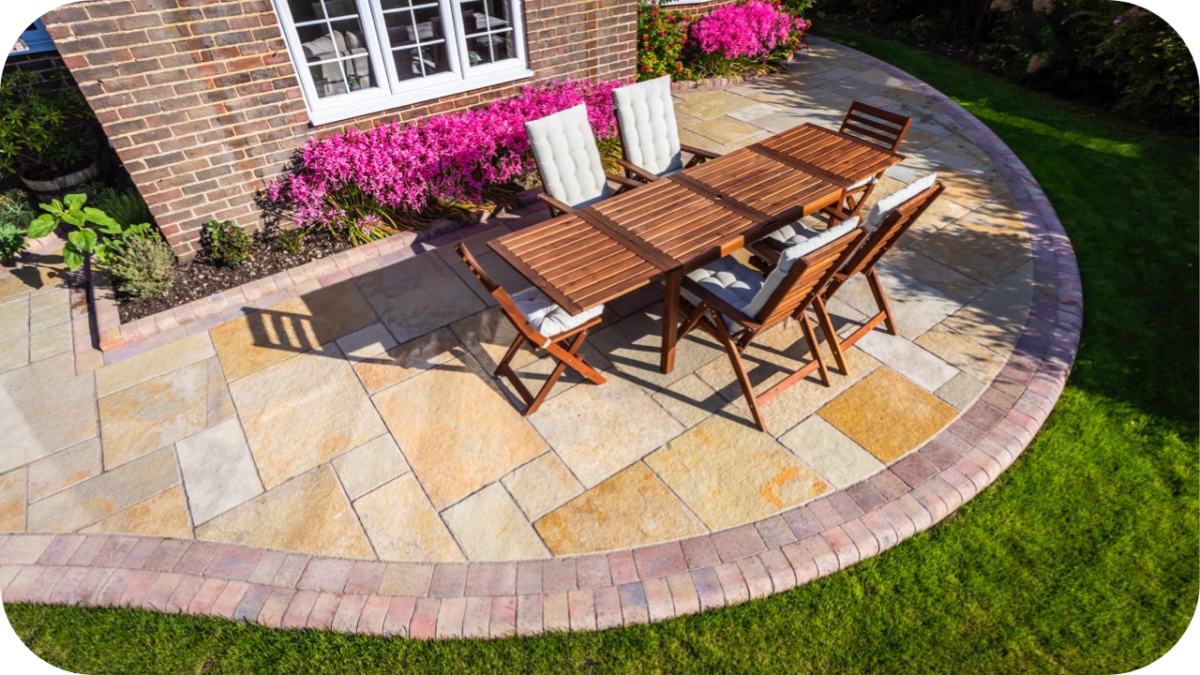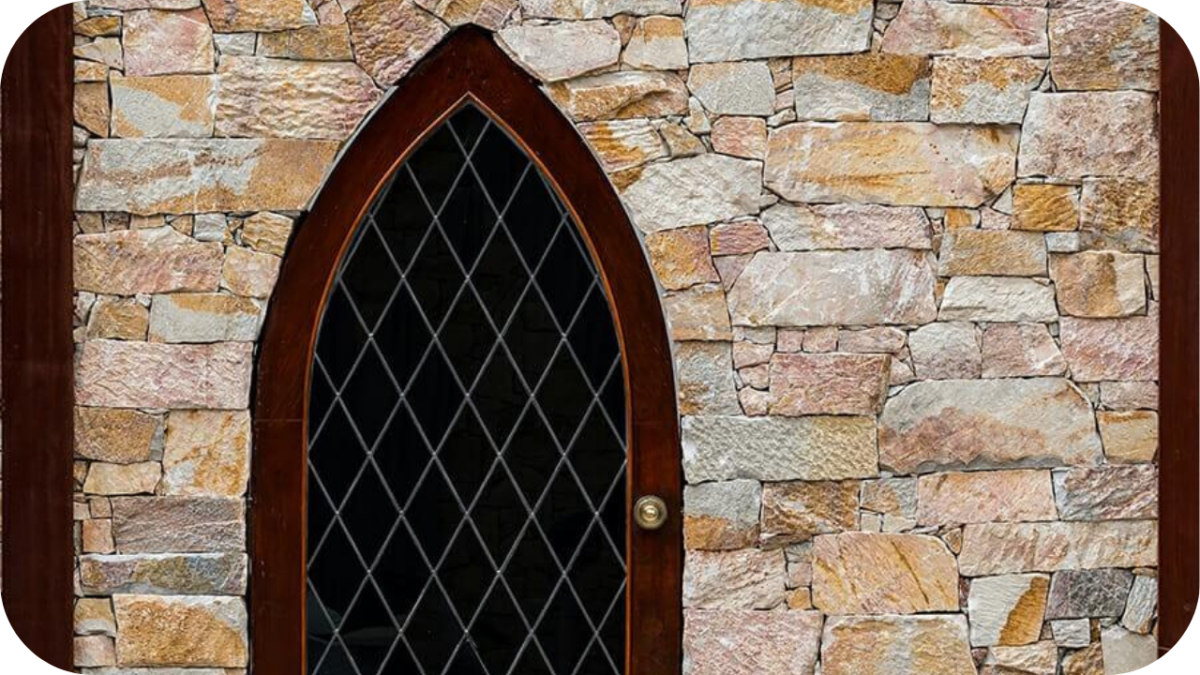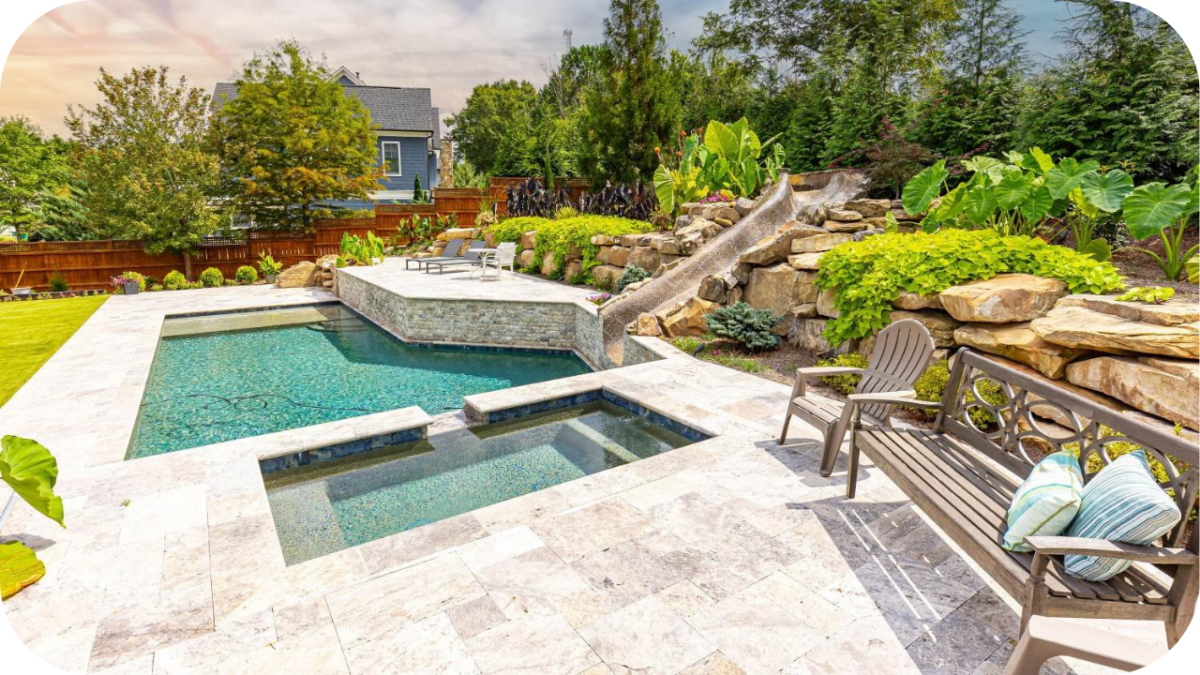The Most Popular Stone Pavers for Landscaping in 2025
In 2025, natural stone continues to shape Australia’s most inspired landscapes. Celebrated for its timeless aesthetic, durability, and low-maintenance nature, it remains a go-to for homeowners and landscape professionals alike.
Whether it’s a laid-back coastal garden or a structured urban terrace, natural stone pavers offer adaptability across styles and climates.
With sustainability and seamless design taking centre stage this year, the right stone choice plays a crucial role in both performance and visual harmony. In this guide, we look at natural stone paving options designed to help you work faster and smarter.
What’s Driving Landscaping Trends in 2025?
Landscaping in 2025 is heavily influenced by a growing shift toward sustainable, practical, and visually cohesive outdoor spaces.
Homeowners and designers are prioritising materials that offer long-term durability with minimal upkeep, and natural stone fits that need perfectly. There’s a clear focus on connecting interiors with the outdoors, making stone that flows between spaces more desirable than ever.
Mixed textures, such as combining honed with tumbled or flamed finishes, add depth and movement to surfaces. Australians are also looking for materials that stay cool underfoot, especially around pools and patios.
Popular formats like modular and French patterns are gaining traction for their ability to break monotony and provide design rhythm. These drivers set the tone for which stone pavers are leading the market.
Top 6 Most Popular Stone Pavers in 2025
Natural stone pavers continue to dominate Australian landscapes thanks to their versatility, durability, and style. Here are the standout choices shaping outdoor design this year.
1. Granite
Charcoal granite pavers offer a bold, dark finish with a flamed texture that works well in modern, high-traffic areas. For a lighter option, grey granite provides consistency and grip underfoot with excellent durability.
2. Limestone
Berkshire limestone stands out with warm, earthy tones and a brushed finish for timeless elegance. For cooler palettes, Stamford and Himalayan limestone offer smooth or natural textures ideal for sleek, contemporary landscapes.
3. Travertine
Ivory travertine brings classic warmth and a naturally refined finish to poolside areas and patios. Silver and Cashmere travertine varieties introduce layered greys or creamy beige tones for elegant, resort-style outdoor living.
4. Quartzite
Andorra quartzite pavers combine natural split finishes with subtle sparkle and colour variation, making them ideal for refined, elegant paving that elevates both modern and classic outdoor designs.
5. Bluestone
Flamed bluestone delivers a textured surface with rich, deep blue-grey tones for modern paving. For a cleaner look, sawn bluestone and honed finishes suit sophisticated walkways, courtyards, and front garden zones.
6. Porphyry
Filetti porphyry pavers bring narrow, linear energy to outdoor zones, perfect for borders or laneways. Crazy porphyry and cobblestone options add rustic charm with lasting performance and earthy multicoloured finishes.
Finishes and Formats in High Demand
The finish and format of a paver can dramatically change the look and feel of a space. These popular choices in 2025 combine function, aesthetics, and modern landscape appeal.
1. Tumbled Edges
Tumbled pavers feature softened, irregular edges that bring a relaxed, time-worn look to any space. They’re perfect for rustic pathways, country courtyards, or relaxed seating zones that call for warmth and charm.
2. Exfoliated or Flamed
These finishes provide a roughened surface that adds subtle grip and visual depth. Ideal for wet zones like pool areas or sloped paths, they enhance safety without compromising the stone’s natural beauty.
3. Honed
A honed finish results in a smooth, matte surface with refined edges. Commonly used for modern alfresco zones and interiors, it allows for seamless transitions while offering a clean, contemporary design foundation.
4. French Pattern Packs
This layout combines varied rectangular and square pavers in repeating modules. The result is visual rhythm and character, often used in patios and courtyards to add movement without overwhelming the overall aesthetic.
5. Large-Format Slabs
Oversized slabs minimise joint lines and bring sleek continuity to paved areas. They suit open-plan outdoor spaces, rooftop gardens, and minimalist designs where simplicity, proportion, and scale take centre stage effortlessly.
Where These Pavers Are Being Used in 2025
Designers and homeowners in 2025 are choosing smart stone solutions that balance durability, comfort, and visual flow. These standout applications showcase both beauty and function outdoors.
1. Alfresco Entertaining Areas
Outdoor dining areas thrive on light and comfort. Surfaces that feel smooth and remain cool underfoot enhance the experience. Limestone often plays a quiet role here, softening the space without drawing too much attention.
2. Low-Water Gardens and Native Landscapes
In drier climates, landscapes favour earthy palettes and textures that age gracefully. Travertine and quartzite tend to sit well in these spaces, blending effortlessly with native plants and rugged planting schemes.
3. Luxury Pool Zones
Poolside design calls for visual calm, surface grip, and thermal comfort. Travertine, especially in soft neutrals, remains a reliable go-to for creating resort-style ease beside the water.
4. Urban Courtyards and Rooftop Terraces
Compact city spaces require sleek, structured finishes. Bluestone and granite are often used here to deliver that contemporary feel while standing up to changing weather and high use.
5. Public and Commercial Outdoor Projects
Durability and design presence are key in commercial zones. Granite, with its dense structure and refined grain, typically excels in plazas, forecourts, and civic environments without losing aesthetic charm.
6. High-End Residential Features
Statement landscapes lean into polished, refined materials. Marble and quartzite frequently make appearances in these homes, quietly elevating patios, firepit surrounds, or garden stairways with elegance and texture.
Tips for Choosing the Right Stone Paver
Choosing the perfect stone paver goes beyond looks. These smart selection tips help ensure your outdoor space stays practical, stylish, and low-maintenance for years to come.
- Consider local climate conditions: Select stones that naturally handle your region’s weather patterns. Dense materials suit rainy zones, while lighter, heat-reflective stones offer comfort in hot, sun-exposed areas.
- Match finish to foot traffic and function: High-traffic areas need grip and strength. Flamed or exfoliated surfaces offer texture, while honed finishes work well in low-use, design-driven parts of the landscape.
- Think long-term colour versatility: Neutral tones like beige, cream, or mid-grey adapt easily to evolving trends. They maintain appeal over time and work across a range of planting styles and decor.
- Understand maintenance expectations: Opt for stone types with low porosity or natural density. These require less sealing, resist stains better, and cut down on cleaning effort in the long run.
- Coordinate with surrounding elements: Stone should complement your outdoor furniture, timberwork, or walling. A cohesive material palette brings structure, balance, and harmony across the whole design.
- Set a realistic budget and installation timeline: Choose stones that align with both your budget and installation goals. Some pavers offer quicker laying methods, saving time and labour costs.
Conclusion
In 2025, stone pavers continue to shape Australian landscaping with their enduring appeal, strength, and design flexibility.
Whether it’s a modern courtyard or a poolside escape, the right stone brings it all together. Options like limestone, quartzite, and granite offer timeless value across different settings.
For expert guidance and high-quality selections, connect with Splendour in Stone and create an outdoor space that feels truly complete.




